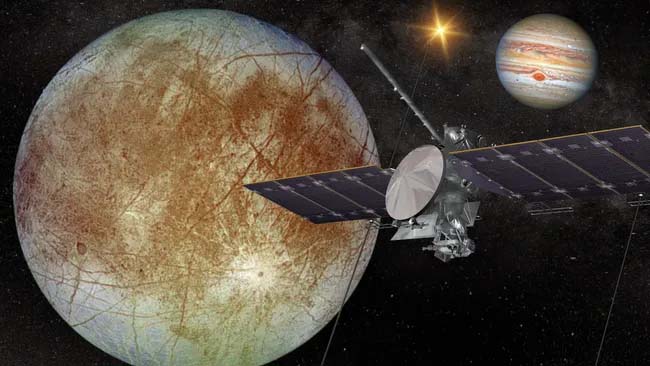Science: On October 14, NASA’s Europa Clipper spacecraft launched a crucial mission. It will investigate the potential habitability of Jupiter’s icy ocean moon Europa — but first, it has to get there. While it’s not exactly what some have described as an “alien hunting” mission, there’s no doubt that Europa Clipper is a crucial step in our understanding of life elsewhere in the solar system. Europa is believed to harbor some of the essential elements for life beneath its thick and icy mantle, including complex chemicals and water, so Europa Clipper is tasked with decoding the habitability conditions of this Jupiter moon. By doing so, it will help scientists better plan for missions that might actually have the potential to discover living things, even if only by eliminating once-promising targets.
“The mission’s three primary science objectives are to understand the nature of the ice cover and the ocean beneath it, as well as the moon’s composition and geology,” NASA writes on its Europa Clipper mission website. “The mission’s detailed exploration of Europa will help scientists better understand the astrobiological potential of habitable worlds beyond our planet.” But now that Europa Clipper has departed Earth, it’s not all easy. The journey to the Jovian system is a tricky one, as the gas giant planet is an average of 444 million miles (778 million kilometers) from Earth. Also, the $6 billion spacecraft won’t fly directly to the gas giant planet.
